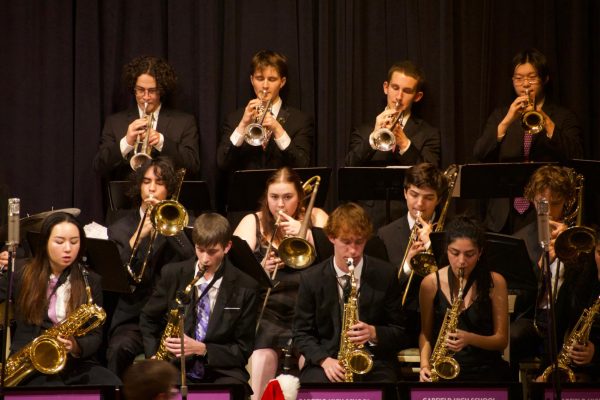Building a More Equitable Seattle
How Byrd Barr Place embodies the challenges of a changing Central District.
Strong People, Strong Communities. This motto of the workers at Byrd Barr Place begins to tell the story of their mission to create a better and more equitable Seattle. As you enter the building, an old firehouse from the early 1900s, there is an inviting atmosphere where each client and visitor is greeted with open arms and a guarantee of assistance. The board in the main entrance details all of the programs and sign up sheets, while also showing the history of the building.
Founded to fight the war on poverty, the organization was created as a part of a larger network with the Economic Opportunity Act of 1964. Since then, they have served the Central District and the larger Seattle community by attempting to break the cycle of poverty. Their mission, said Operations Manager Laxi Becker, is to provide a more equitable Seattle through services and programs that enable people to live healthier, more prosperous lives. Basic human services even as small as a hot meal or immediate financial relief can give clients the push they need to rise out of the cycle of poverty.
The work here is tiring and busy — they serve over 600 people a week — yet fulfilling.
“The interactions on a daily basis with the clients, getting them the necessities that they need, and just seeing the aftermath of those clients once they have received those services — it’s very rewarding,” Becker said.
With the holiday season here, the work- load at Byrd Barr has spiked. Despite this, volunteers are keen to help during the cold- est months of the year.
“Volunteers are huge for our organization,” Becker said. “They are kind of the sustaining block of our food bank — we would not be able to function as a food bank without volunteers.”
Winter brings challenges for those struggling with heating and electricity bills. For some, winter can be the worst time of the year.
“We definitely see more clients in the colder times with a higher heat burden in their homes,” Becker said. “Holidays bring desperate times for people and so we tend to see more people needing food.”
As every new year in Seattle brings more clients to the doors of Byrd Barr, it also brings more displacements and as a result, fewer Black people.
The Central District has seen huge changes in recent years. With the legacy of redlining, Byrd Barr — formerly known as Centerstone — has traditionally served a majority-Black population. However, as rising rent pushes people of color out of the CD, and often the larger Seattle area, the food bank has begun to serve a different population.
“Just from the amount of time I’ve been here for the last 4 years, there has been a huge shift in our client base,” Becker said. “A lot of our clients that used to be our neighbors are now traveling to us, no longer an easy walk away.”
In response to this demographic shift, Byrd Barr has performed a census of the area to get a better understanding of the main problems people face. Instead of just looking at the CD, they have expanded their geographical reach and are looking out further to see other avenues to help the community in different capacities. In addition to providing food, Byrd Barr Place now offers a range of services including home energy loans and lessons in personal finance.
Despite the holidays marking a low point for many people struggling to break the cycle of poverty, Byrd Barr has stepped up as one of the main resources that might just make the difference. As the year comes to a close and time for reflection begins, Byrd Barr continues to be a great place for those needing help — and for those who are able to give time over the holidays.






